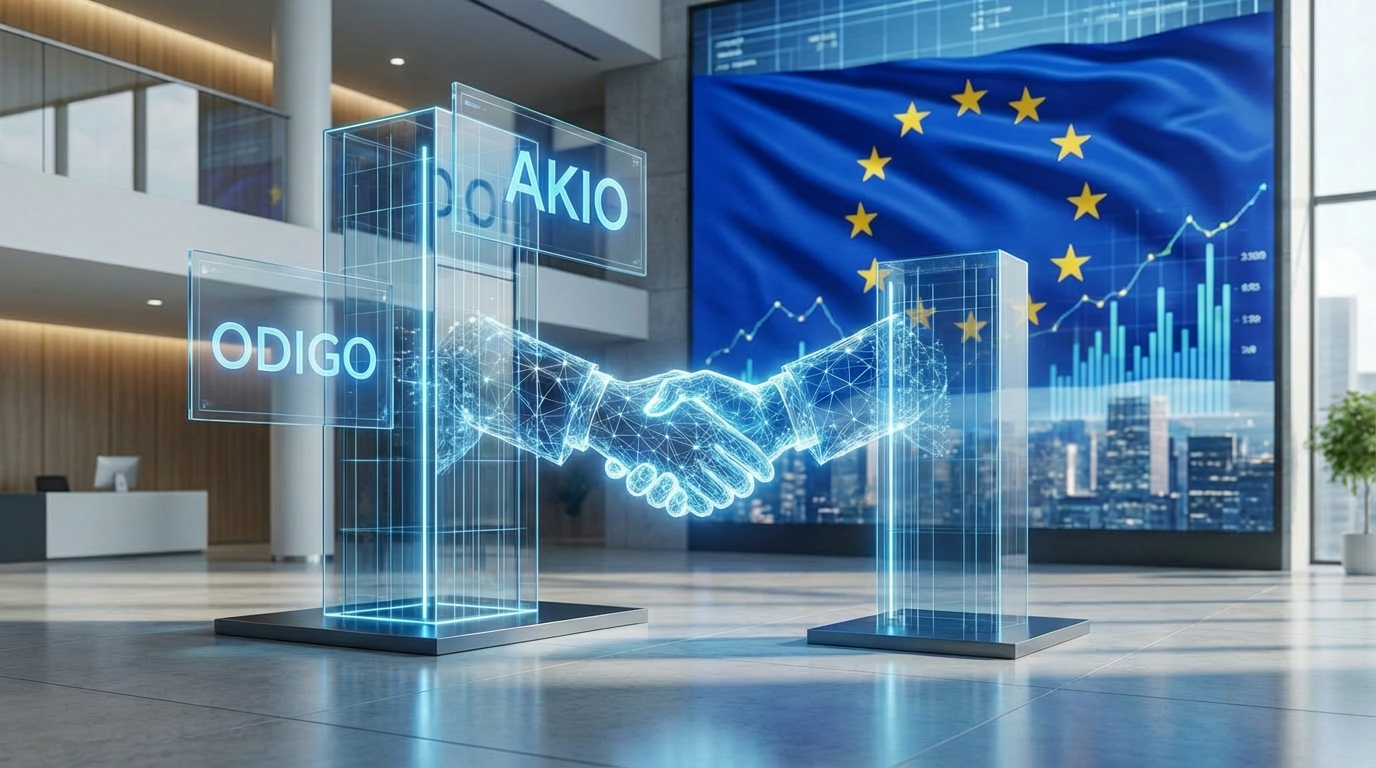A new Cavell study has predicted that global contact center agent roles will increase by more than a million over the next three years.
The research firm’s Q2 2025 CCaaS Market Evolution Report forecasts that demand for contact center agents will grow from 15.3 million in 2025 to 16.8 million by 2029.
Cavell’s findings suggest that despite the hype around AI and the commonly held belief that it will contribute to job losses across the contact center space, agent roles across the sector will rise.
However, the situation is a little more nuanced.
While Cavell expects the overall number of agents to grow, the company believes that AI and increased automation will stunt the growth of new agent roles by 1.9 million before 2029.
The seemingly contradictory nature of Cavell’s two predictions indicates a trend where AI supports human roles instead of immediately replacing them, particularly in the short term, where many contact centers are still dealing with understaffing.
In discussing the findings of the report, Finbarr Begley, Senior Analyst at Cavell, argued that “with the acceleration in rate of change in technology in the CX marketplace, must come disruption.
When companies begin to trust and deploy a tapestry of AI Receptionists, Automated Supervisors, and Agentic Agents, the industry will just not need the same number of humans doing these traditional tasks.
“However, a certain amount of this loss will be offset by continued growth in demand for agents, and there will be new roles created.”
Interestingly, Cavell’s predictions echo comments from a recent Gartner study.
While both reports covered different topics, there were shared points of interest in their metaphorical Venn diagram.
Gartner’s study also looked at the relationship between AI and human agents in the customer service and experience space, and forecasted that by 2027, half of the businesses planning major customer service job cuts due to AI will reconsider those plans.
The research firm surveyed 163 customer service leaders, with 95 percent stating that they intend to keep human agents to strategically shape AI’s role.
Gartner attributes this shift to businesses underestimating the challenges of moving to fully AI-driven, agentless service models. Instead, the firm expects more companies to adopt a “digital first, but not digital only” approach.
Digital First, Not Digital Only
The key takeaway from both Cavell and Gartner is that for the immediate future, contact centers need to embrace tools and solutions that work in tandem with human agents to help them enhance the overall customer experience.
Today’s platforms are increasingly offering AI-assisted tools designed to handle routine tasks and guide conversations in real time.
The major CRM and CCaaS players are all investing in capabilities that can, for example, surface knowledge articles, suggest next-best actions, or summarize conversations on the fly.
In doing so, they are able to reduce the number of basic/time-consuming queries that agents have to handle, freeing them up to focus on more complex, high-value interactions.
Some providers are extending this further with copilots – digital assistants that sit alongside human representatives to aid their judgment and accelerate their workflows.
Copilots can offer script suggestions, automated summaries, and supervisor support in real time.
More recently, Microsoft announced that 230,000+ organizations are currently using its Copilot Studio.
The solution integrates directly into Microsoft’s contact center platform to streamline multichannel conversations and empower agents to resolve issues faster.
Microsoft’s Copilot is just one example of a multitude of CX and customer service tools designed to support agents.
As things stand, the industry’s direction is clear: this isn’t about replacing people; it’s about augmenting their ability to handle a growing range of customer needs.
By letting automation shoulder routine tasks and provide actionable guidance, human agents can devote their time to more sophisticated, impactful conversations – delivering a service that’s faster, more accurate, and more empathetic.







